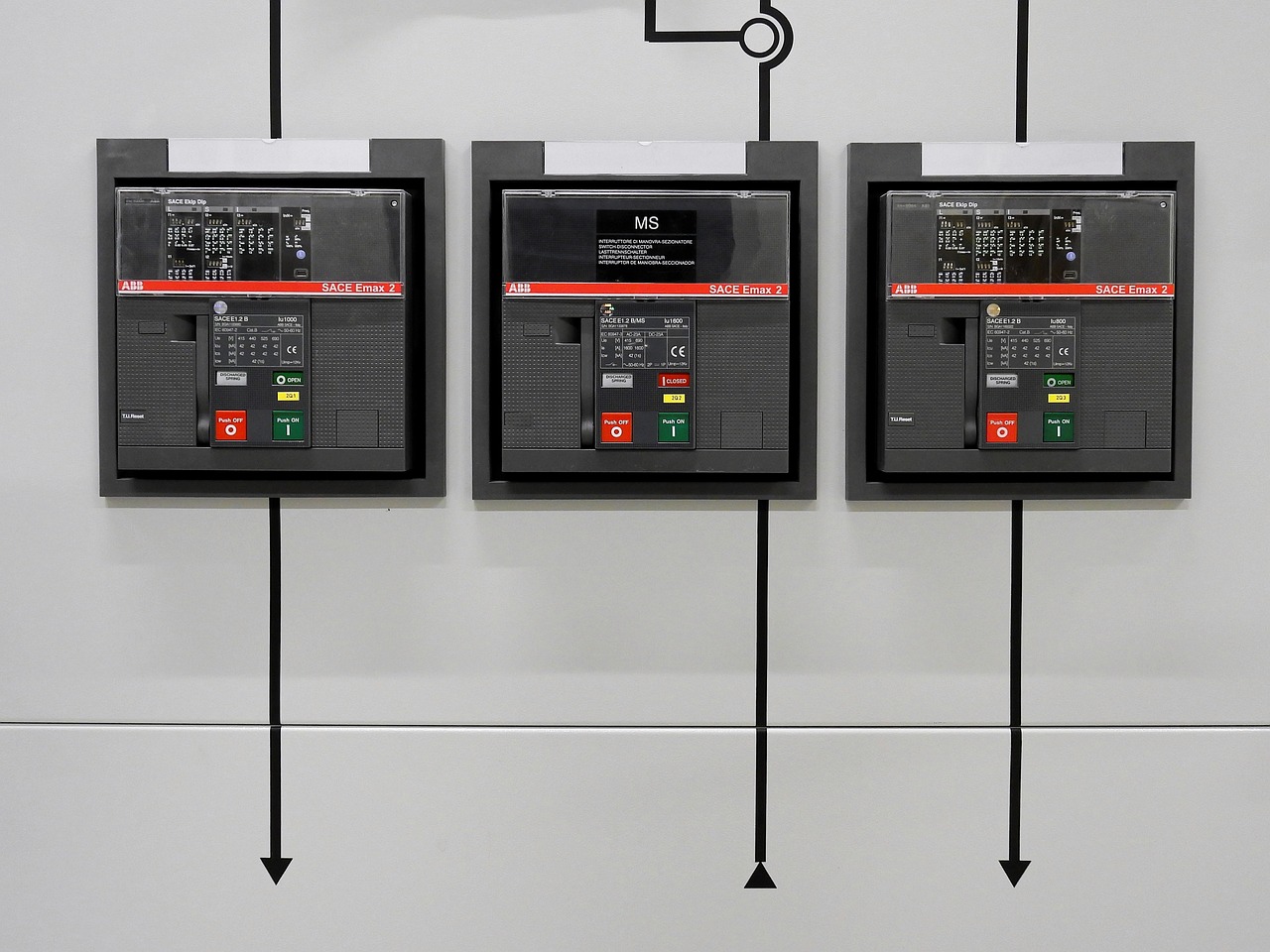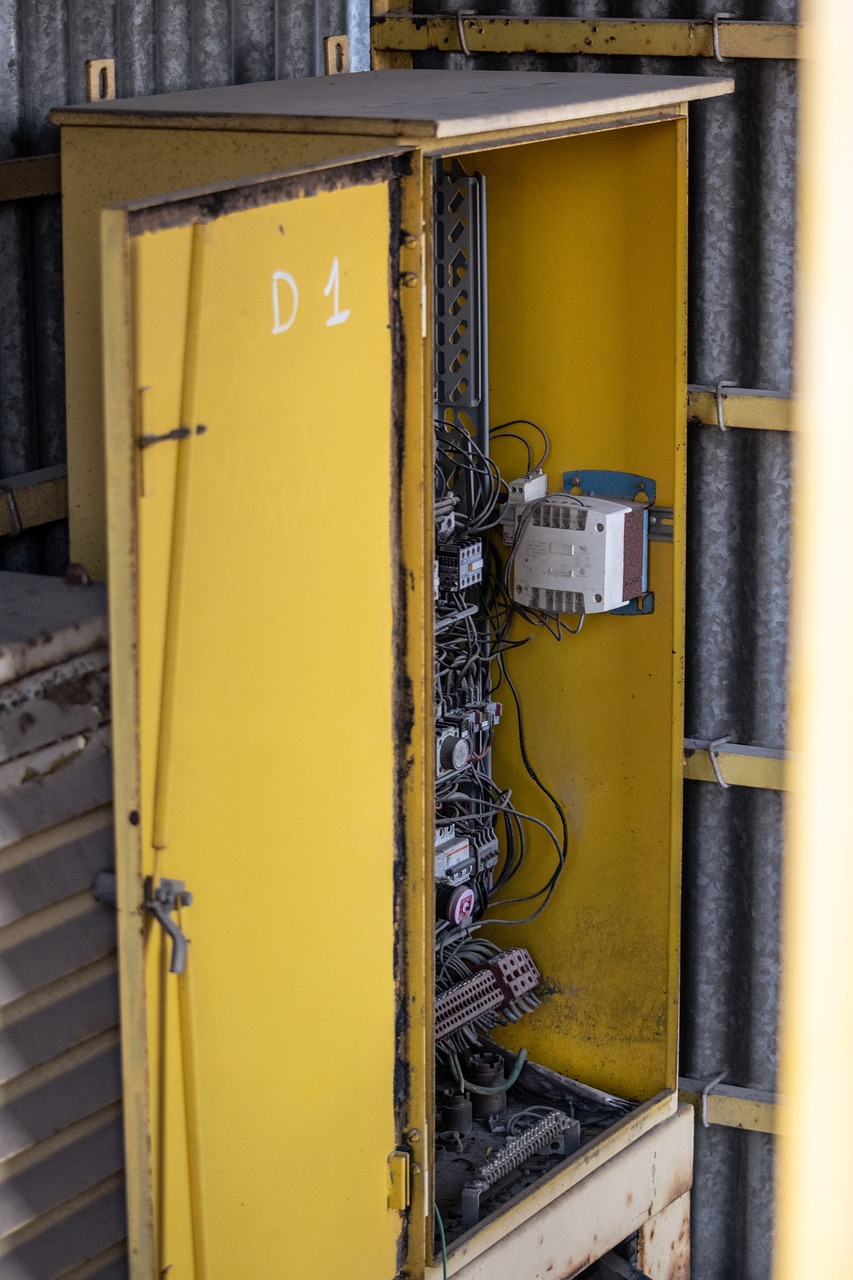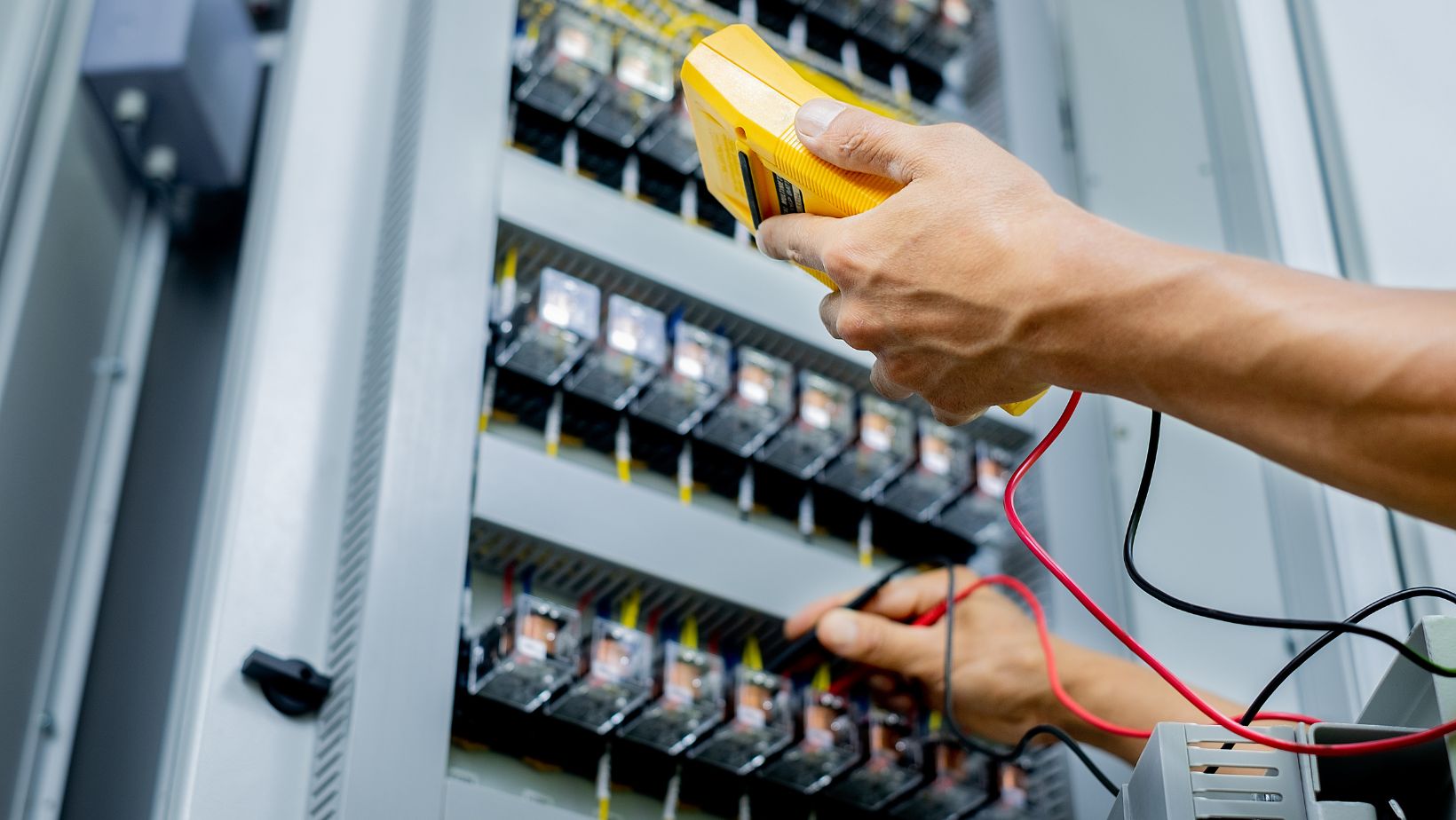 Selecting the right switchgear for your facility is a critical decision that impacts the safety, efficiency, and reliability of your electrical system. Switchgear serves as the backbone of power management, protecting equipment from faults and outages while ensuring the seamless flow of electricity. With a variety of options available, it’s essential to consider several factors, including the facility’s power requirements, environmental conditions, and specific application needs. This guide will explore these key factors to help you make an informed decision when choosing the appropriate switchgear for your operations.
Selecting the right switchgear for your facility is a critical decision that impacts the safety, efficiency, and reliability of your electrical system. Switchgear serves as the backbone of power management, protecting equipment from faults and outages while ensuring the seamless flow of electricity. With a variety of options available, it’s essential to consider several factors, including the facility’s power requirements, environmental conditions, and specific application needs. This guide will explore these key factors to help you make an informed decision when choosing the appropriate switchgear for your operations.
Understanding Power Requirements
When selecting switchgear, it’s crucial to have a clear understanding of your facility’s power requirements. Begin by evaluating the total load demands to ensure the switchgear can handle the electrical capacity needed for safe operations. Consider peak load situations and ensure that the switchgear has enough capacity to deal with unexpected surges in demand, which can prevent potential system failures and downtime. Additionally, addressing the future scalability of your power system is vital.
Consider any foreseeable expansions or upgrades to your facility and plan for switchgear solutions that can be easily adapted. From a metal clad switchgear with a fixed design to a modular switchgear system, there are various options that can cater to different power requirements and allow for future flexibility. Also, keep in mind the voltage levels needed for your facility and ensure the switchgear can handle them.
Assessing Environmental Conditions
When assessing environmental conditions for switchgear selection, it is important to consider both the physical and operational environment in which the equipment will be used. Factors such as temperature, humidity, dust, and corrosive materials can significantly affect the performance and longevity of switchgear. For instance, if your facility is located in a region with high humidity or is exposed to corrosive agents, selecting switchgear with suitable protection ratings or enclosures can prevent premature degradation and maintain reliability. Additionally, understanding the facility’s specific environmental conditions can guide you towards choosing equipment with necessary features like enhanced cooling or weatherproofing, ensuring optimal performance over time.
The location of the switchgear within your facility can influence the type of protection required. Indoor installations may need less robust housing compared to outdoor installations, where exposure to elements like rain or extreme temperatures is more prevalent. It is also vital to consider ventilation and access for maintenance since these can impact both safety and efficiency. Detailed knowledge of your facility’s environment allows for the selection of switchgear that not only meets current operational demands but can also adapt to changing conditions, ensuring that your electrical infrastructure remains secure and dependable in the face of environmental challenges.
Evaluating Application Needs
Each facility has unique application needs that influence switchgear selection. Identifying the specific operational requirements, such as voltage levels, fault tolerance, and the types of load, will help in selecting optimal switchgear configurations. For instance, facilities with critical equipment may need specialized switchgear for higher fault protection and reliability.

Consider also the need for specialized functionalities such as remote monitoring, automation, and integration with existing systems. Advanced features can provide real-time insights into system performance and enhance operational efficiency. By evaluating your application needs, you can select switchgear that is tailored to meet both basic operational demands and complex system requirements.
Prioritizing Safety Features
Ensuring the safety of your electrical system is paramount when selecting switchgear. It is essential to prioritize switchgear that incorporates advanced safety features designed to minimize the risk of electrical hazards such as arc flash and system overloads. Modern switchgear solutions often include internal arc fault mitigation technology, which can reduce the impact of an arc flash event, protecting both personnel and surrounding equipment.
Additionally, features such as circuit breaker interlocks, remote operation capabilities, and protective relays are crucial for enhancing safety by preventing accidental operation and managing electrical faults effectively. By choosing switchgear that emphasizes these safety elements, you can safeguard your facility against potential risks and ensure compliance with safety standards and regulations. Investing in switchgear with robust safety features also contributes to long-term operational reliability and continuity.
Considering Maintenance and Lifecycle Costs
The total cost of ownership for switchgear extends beyond initial purchase and installation. Consider the long-term maintenance needs and lifecycle costs associated with different switchgear options. Some models may require frequent maintenance or replacement of components, which can increase operating expenses over time.

Opt for switchgear with a strong track record of reliability and low maintenance requirements, reducing downtime and associated costs. Planning for lifecycle management and considering maintenance contracts can also help manage expenses efficiently. A careful analysis of maintenance and lifecycle costs ensures you make a cost-effective investment in your facility’s power infrastructure.
Analyzing Technological Advancements
Advancements in technology have significantly enhanced switchgear’s functionality and efficiency. Modern switchgear often includes features such as digital control interfaces, smart grid compatibility, and real-time diagnostic tools. These technological enhancements can improve system monitoring, enhance energy efficiency, and facilitate integration with other digital solutions.
Evaluate how adopting technologically advanced switchgear can benefit your facility’s operational goals. The incorporation of new technologies should align with your long-term planning and infrastructure strategies. By reviewing technological advancements, you ensure that your switchgear selection leverages the latest innovations to improve operational performance.
Consulting with Industry Experts
Consulting with industry experts or experienced electrical engineers can provide valuable insights when selecting switchgear. Their expertise can help identify specific needs, address potential issues, and recommend solutions tailored to your facility’s requirements. An expert can guide you through the complexities of configuring and integrating switchgear with other system components.
Collaborating with suppliers and manufacturers can offer additional benefits. They can provide detailed product specifications, installation guidance, and ongoing support and service. Engaging with experts ensures that your switchgear choice is informed, strategic, and backed by professional advice, allowing you to implement the most suitable solution for your operations.
Selecting the right switchgear for your facility is a complex but crucial decision that demands careful consideration of various factors. From understanding your facility’s power requirements and assessing environmental conditions to evaluating specific application needs and prioritizing safety features, each aspect plays a vital role in ensuring the efficient and reliable operation of your electrical system. It’s important to also consider maintenance and lifecycle costs, along with keeping abreast of technological advancements that can enhance system performance.

